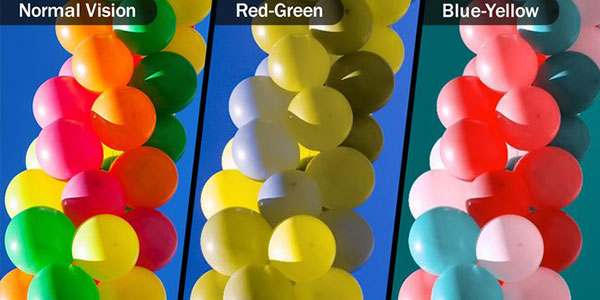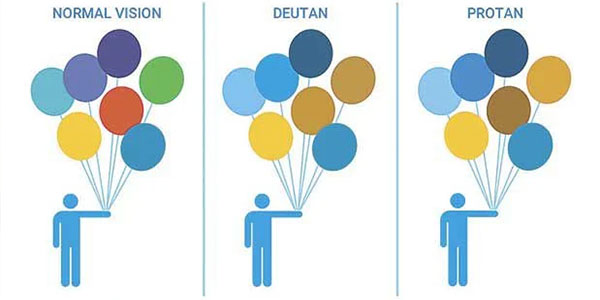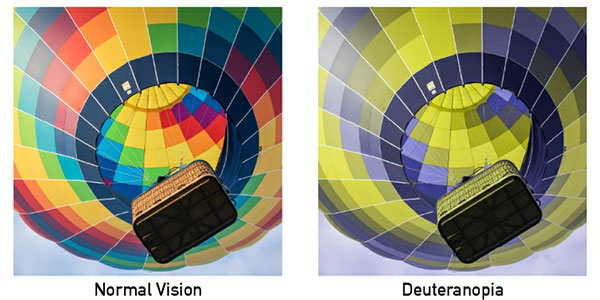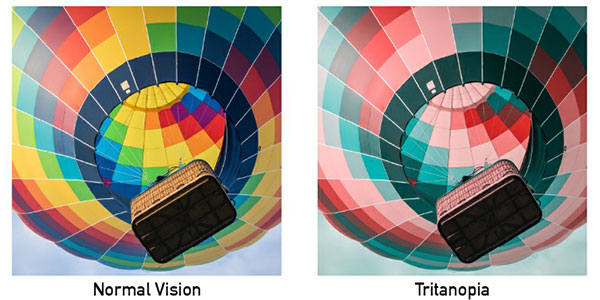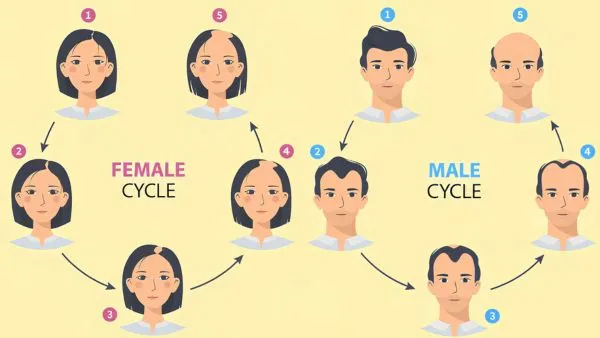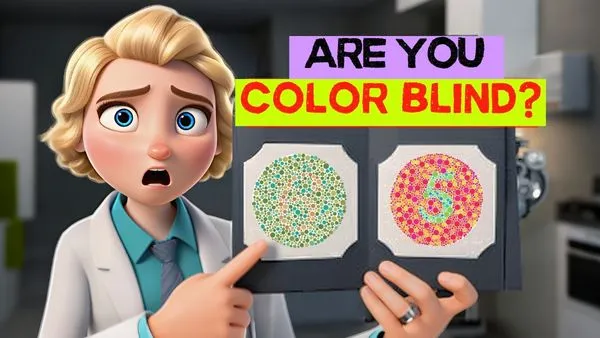
Color Blind Test For Free👀🎨
Color blindness is surprisingly common: around 1 in 12 men and 1 in 200 women worldwide experience some form of it. And while it's not usually dangerous, it can shape how you see, choose, and experience the colorful world around you.
1. What numbers do you see?
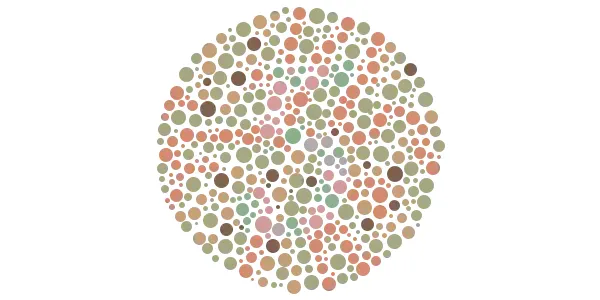
2. What numbers do you see?
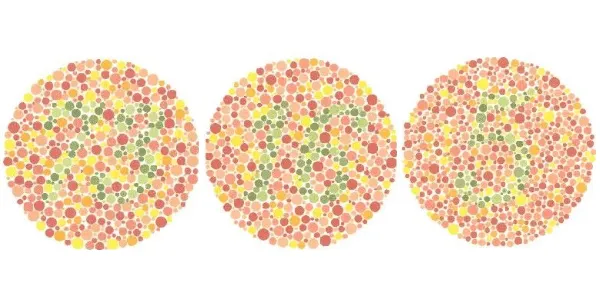
3. What animal do you see?
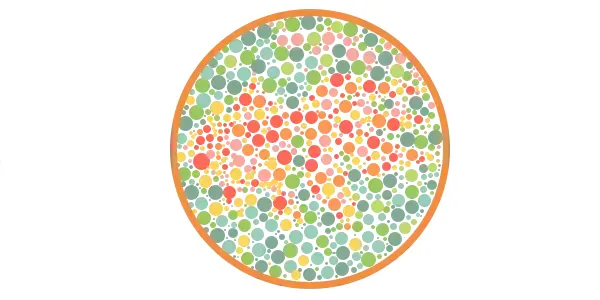
4. What pattern do you see?
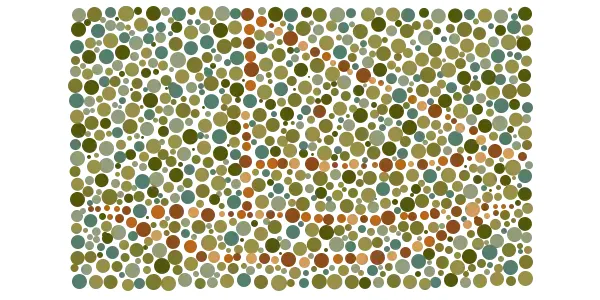
5. What numbers do you see?
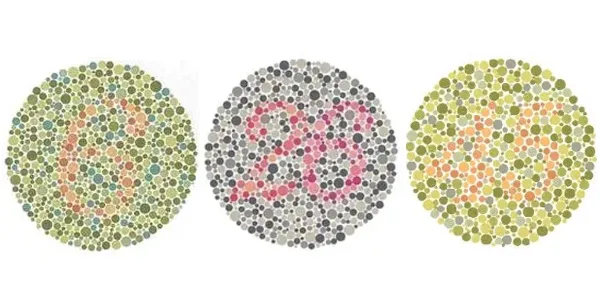
6. What pattern do you see?
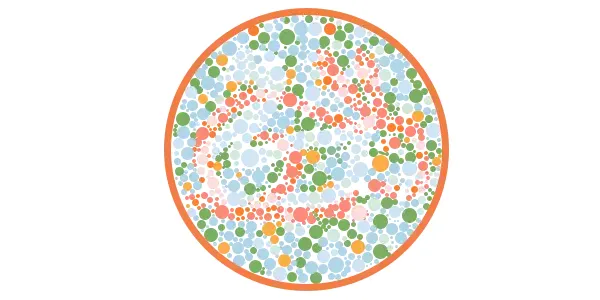
Have you ever looked at a painting and thought, "Why does everyone else see it differently?" Or maybe you've struggled to pick matching clothes or found yourself puzzled by certain traffic light colors?
That might not be just "bad taste"; it could be a sign of color vision deficiency, often called color blindness. Despite the name, most people who are colorblind don't see the world in black and white. Instead, they see certain colors differently or struggle to distinguish between specific shades.
How is color blindness tested?
The most common tool is the Ishihara test, those famous circles filled with many colored dots. Hidden among those dots is usually a number, pattern, or shape.
If you can see the hidden figure, your color vision is likely normal. If not, it might point to a certain type of color vision deficiency.
Beyond Ishihara, there are:
Anomaloscope: measures exact sensitivity to red and green light
Farnsworth-Munsell 100 hue test: asks you to sort colored tiles in order
Cambridge color test: computer-based test for precise diagnosis
Each test explores different color ranges, helping specialists understand exactly which colors challenge your eyes.
Types and levels of color blindness
Color blindness comes in different "flavors," each with its unique pattern. Here are the three main types:
- Red-green color blindness (most common):
Protanomaly: red cones work, but weakly → reds appear darker
Deuteranomaly: green cones weak → greens and reds mix
- Blue-yellow color blindness (rarer):
Tritanomaly: difficulty seeing blues and yellows distinctly
- Total color blindness (extremely rare):
Achromatopsia: seeing mostly shades of grey
Some people discover their color vision difference only as adults, often during a routine test for driving, career exams, or just out of curiosity.
Why do a color blindness test?
A color blindness test isn't just trivia; it can change daily life:
Work and safety: certain jobs (e.g., pilots, electricians, designers) require color distinction. Driving: knowing how you see traffic lights and road signs can prevent mistakes. Daily convenience: cooking meat to correct doneness, matching clothes, picking ripe fruit. Self-awareness: understanding your vision helps explain moments when you "don't see what others see."
Plus, it's fun to learn about yourself! Even people with perfect color vision are often surprised by what these tests reveal.
Color blindness isn't an illness to be "cured." Understanding your color vision empowers you. Ready to test your eyes? Remember: it's for fun, not a medical diagnosis. But it might just surprise you…

